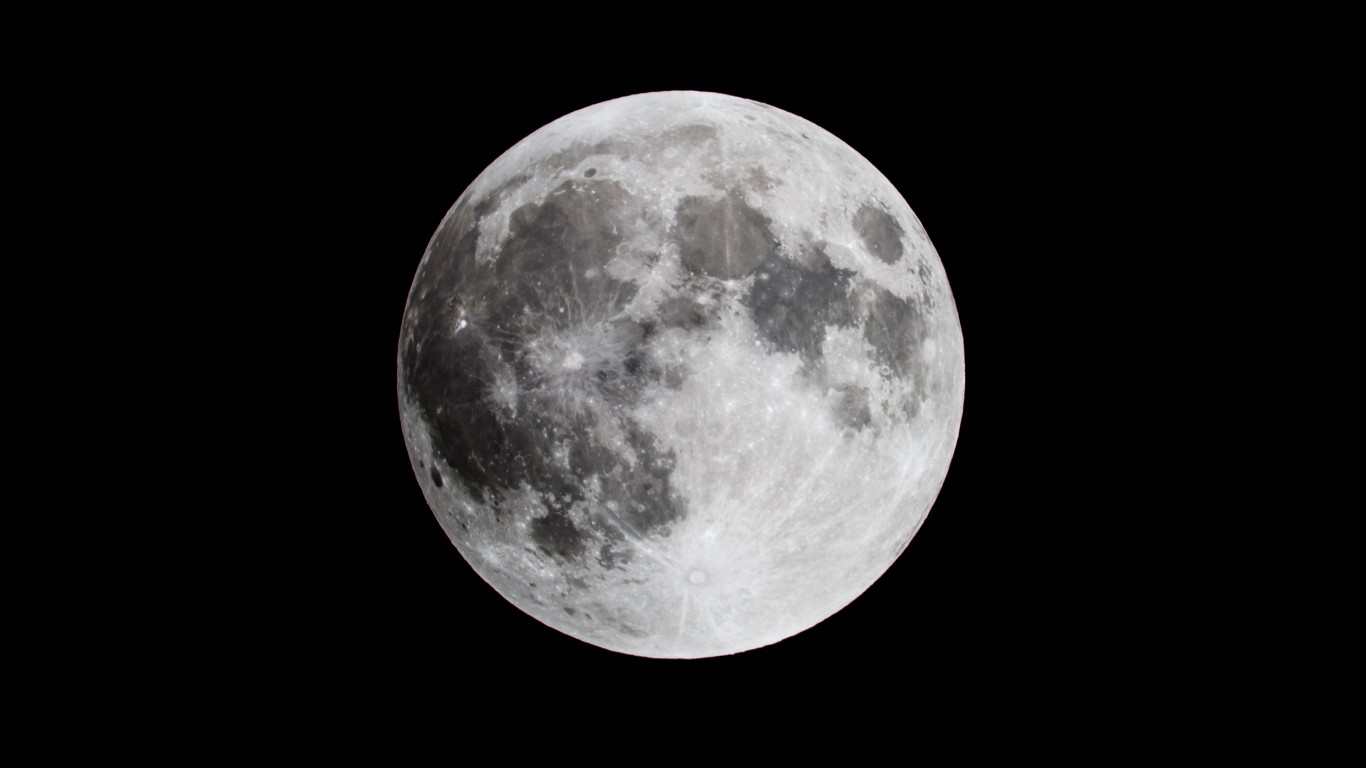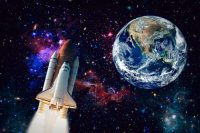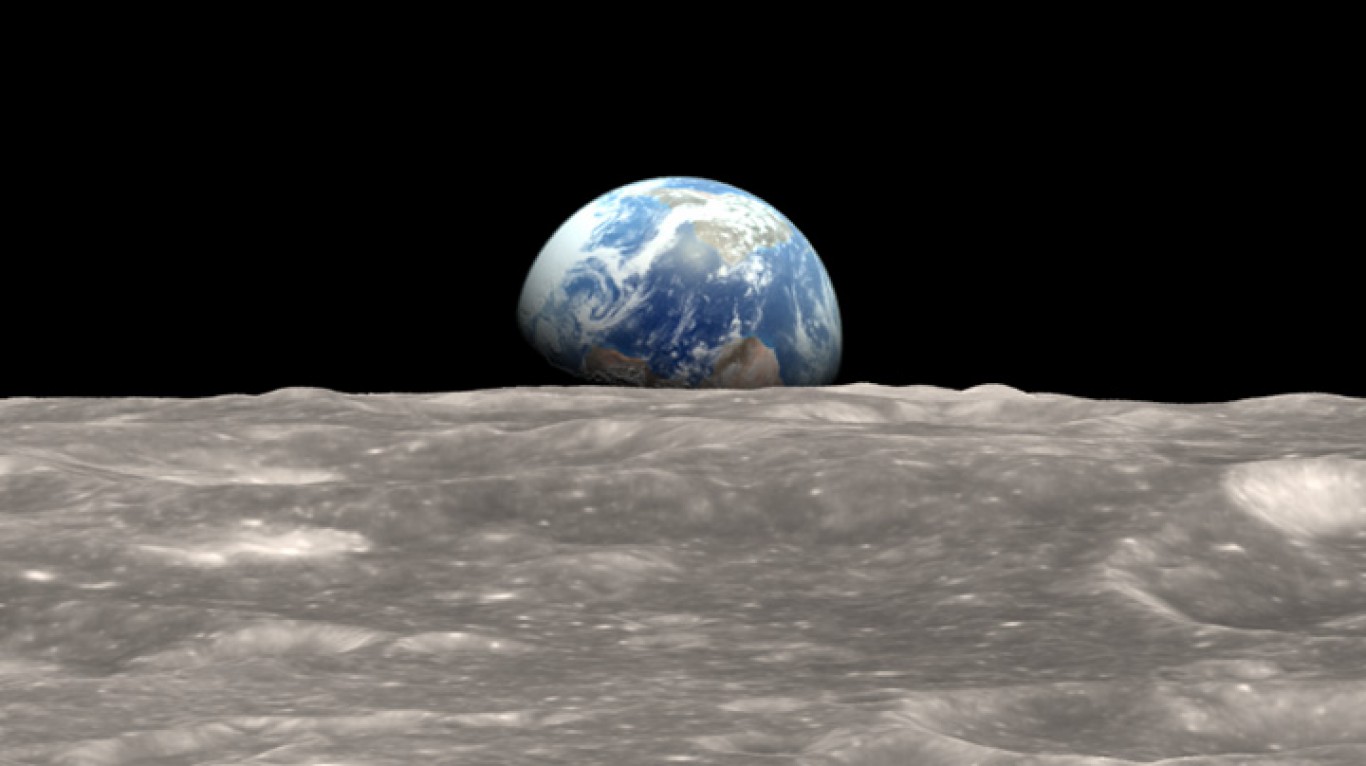
The Earth’s natural resources are enormous but not infinite. A lack of some rare minerals can hinder technological development or make countries that have them disproportionately wealthy and influential. Sometimes, those places are major U.S. rivals, like Russia or China. But what if we could mine minerals in space? The moon, small asteroids that are already in the path of Earth’s orbit, or the asteroid belt are all potential sources of incalculable mineral wealth. How could we mine them, and how would that affect life on Earth, and in space?
24/7 Wall St. Insights
- The solar system has more resources than human beings could use in a million years, but accessing them is the problem.
- Asteroid mining and construction in orbit may prove to be the best way to colonize space rather than launching heavy payloads from Earth.
- Check out: 2 Dividend Legends To Hold Forever and Discover “The Next NVIDIA
Where Are the Nearest Asteroids?
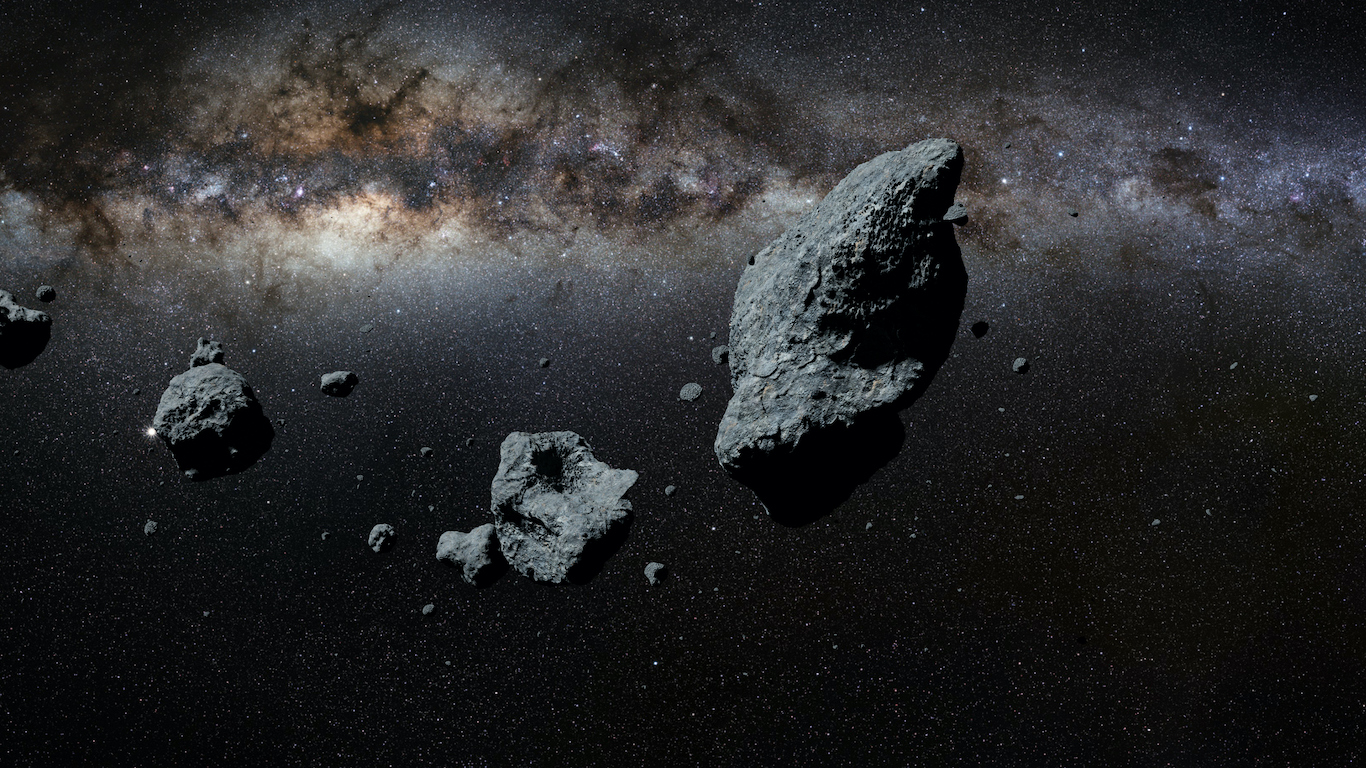
Asteroids are space rocks that can range in size from dust particles to over 500 miles in diameter. There are several small groups of them in or near Earth’s solar orbit, including the Apollo Group, the Amor Group, and the Aten Group. Some of these are the cause of annual meteor showers as our planet repeatedly plows through them on its journey around the Sun. The asteroid belt orbits the sun between the orbits of Mars and Jupiter. It’s thought to be the remains of a destroyed planet, or fragments that never coalesced into a planet in the first place, It has 1-2 million asteroids that are more than half a mile in diameter.
Reaching the near-Earth asteroids would not be too difficult if we wait until we pass close to them. As for the asteroid belt, on average it is about 200 million miles from Earth. The fastest a spacecraft could reach them with current technology is 6-9 months.
What Kinds of Minerals Could We Find?
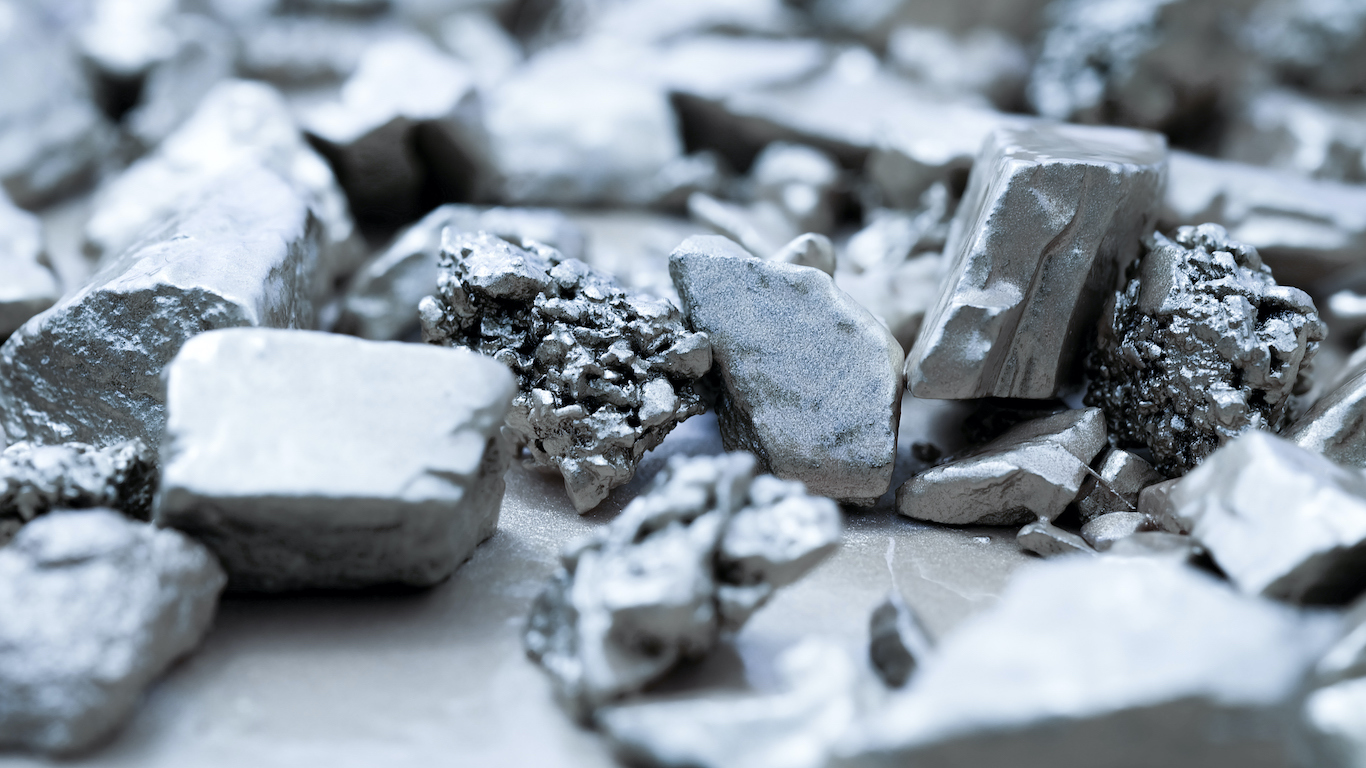
There are different types of asteroids. Astronomers are able to study them with spectrometers to determine what they are made of and plan the best ones to explore for minerals. Some contain common minerals like nickel, iron, cobalt, various silicates, clay, carbon compounds, and water ice. Some also contain minerals that are rare and valuable on Earth, like gold, silver, or platinum.
What Is Involved in Planning a Mining Mission?
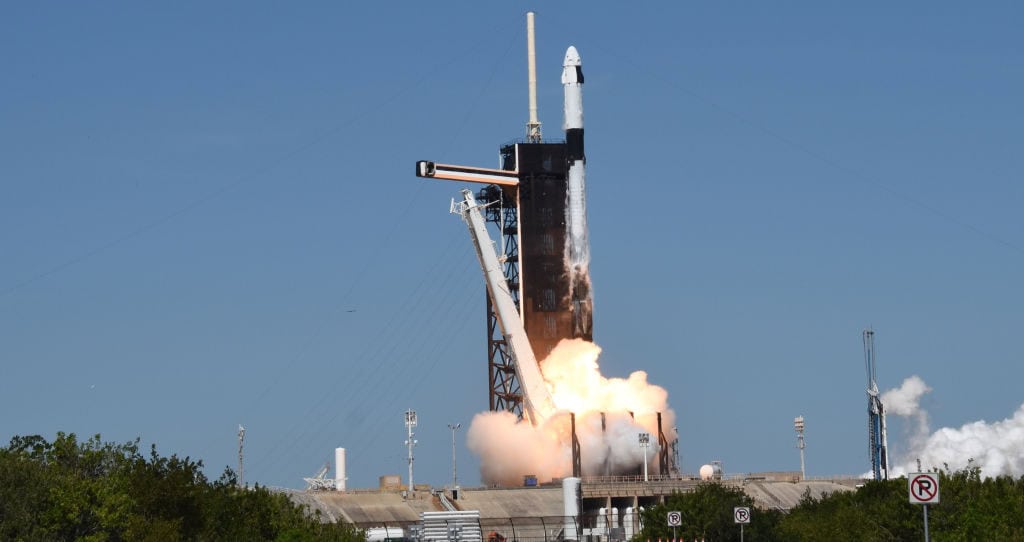
Planning a mission involves:
- Identifying target asteroids for mining the materials we need in the most cost-effective way.
- Developing the necessary technology
- Building the launch vehicles, mining equipment, and life-sustaining supplies for the astronauts.
- Recruiting and training mission specialists
- Deciding how and where to transport and process the mined materials.
What Technology Would We Need?

We already have ground- and space-based telescopes that can study the dimensions and compositions of asteroids. NASA has already sent missions to individual asteroids and returned small samples to Earth. We have the rocket power to get things into orbit and travel to the outer reaches of the solar system. And we have nuclear reactors and solar energy collectors to power these types of operations. But much of our technology is still experimental and would need to be scaled up massively to achieve industrial level production
How Would Asteroids Be Processed?
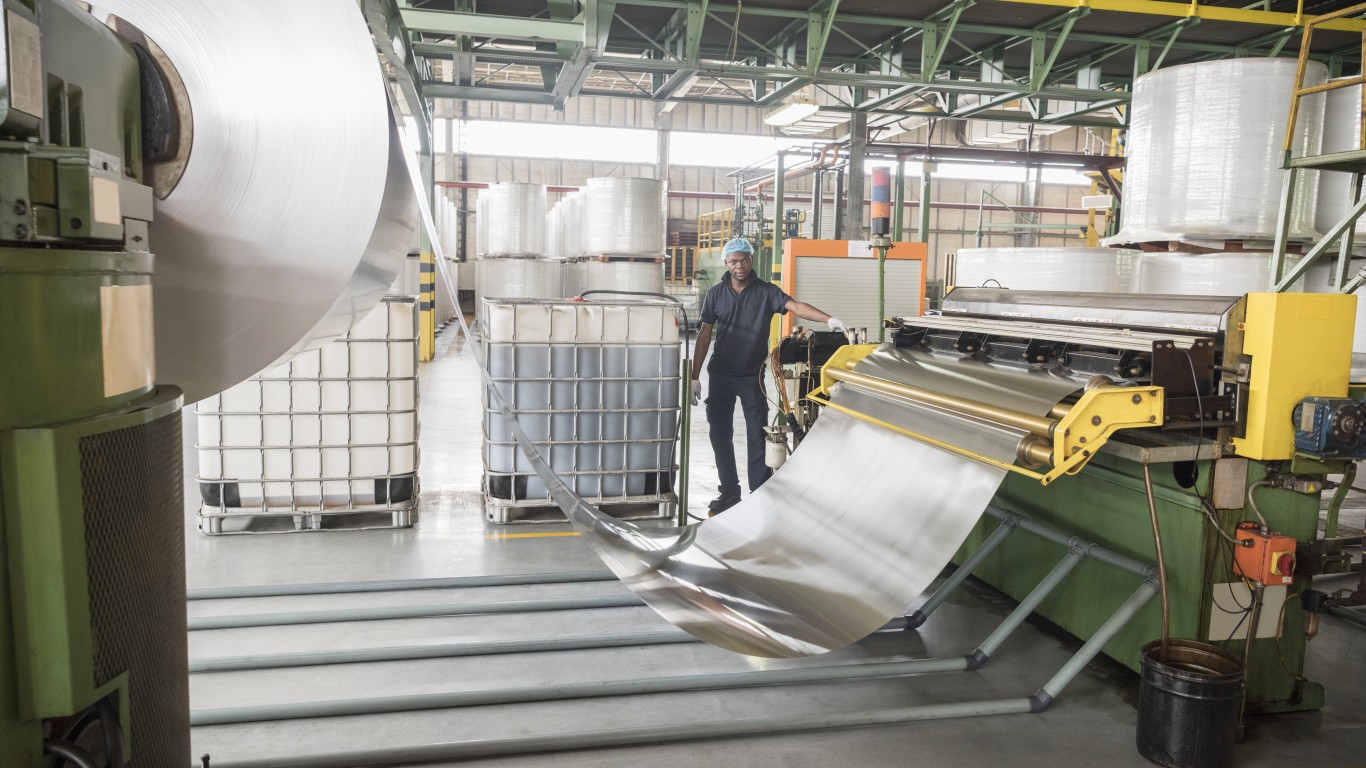
Smaller asteroids might be harpooned or captured in nets to be processed inside a spacecraft. Larger ones would require landing equipment and people on the surface. It would also be possible to reposition asteroids so that they orbit the Earth and could be more easily accessed and send necessary resources to Earth.
Asteroids could be mechanically drilled, heated with lasers, microwaves, or focused solar energy to release minerals within, or dissolved in chemicals. Magnets, centrifuges, or electrostatic charges could separate some types of minerals. These would likely be smelted into the forms needed in space rather than bringing raw ores back to the planet’s surface for processing. All of this would be extra difficult in space because of the low gravity conditions, which would allow dust, for example, to stay suspended and damage equipment.
How Could the Minerals Be Used?
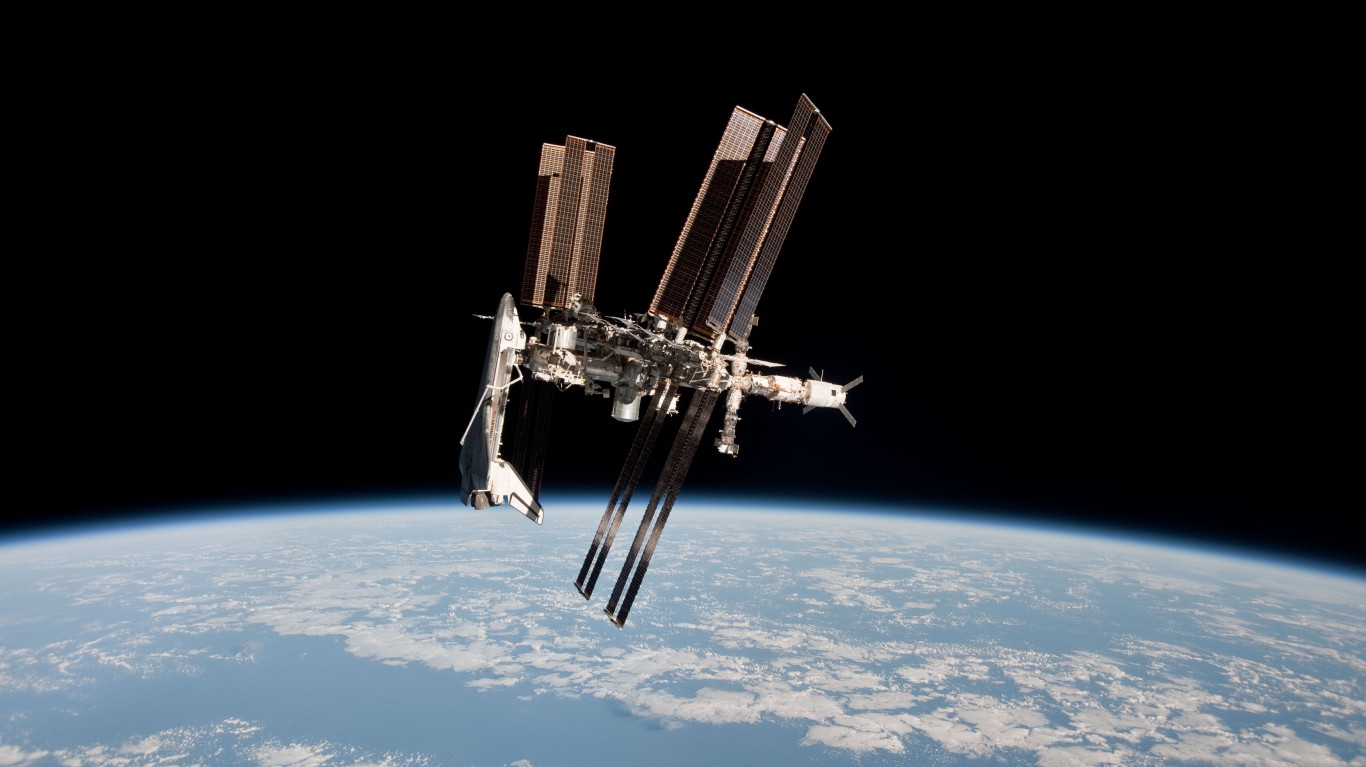
Minerals from asteroids could be used to construct buildings, equipment, and spacecraft in orbit rather than making them on Earth and launching them at huge expense. Eventually, megastructures like enormous solar energy collectors or orbiting space colonies could be constructed in this way. And no doubt some minerals and products manufactured in space would be brought to earth
Effects on Space Exploration and Colonization
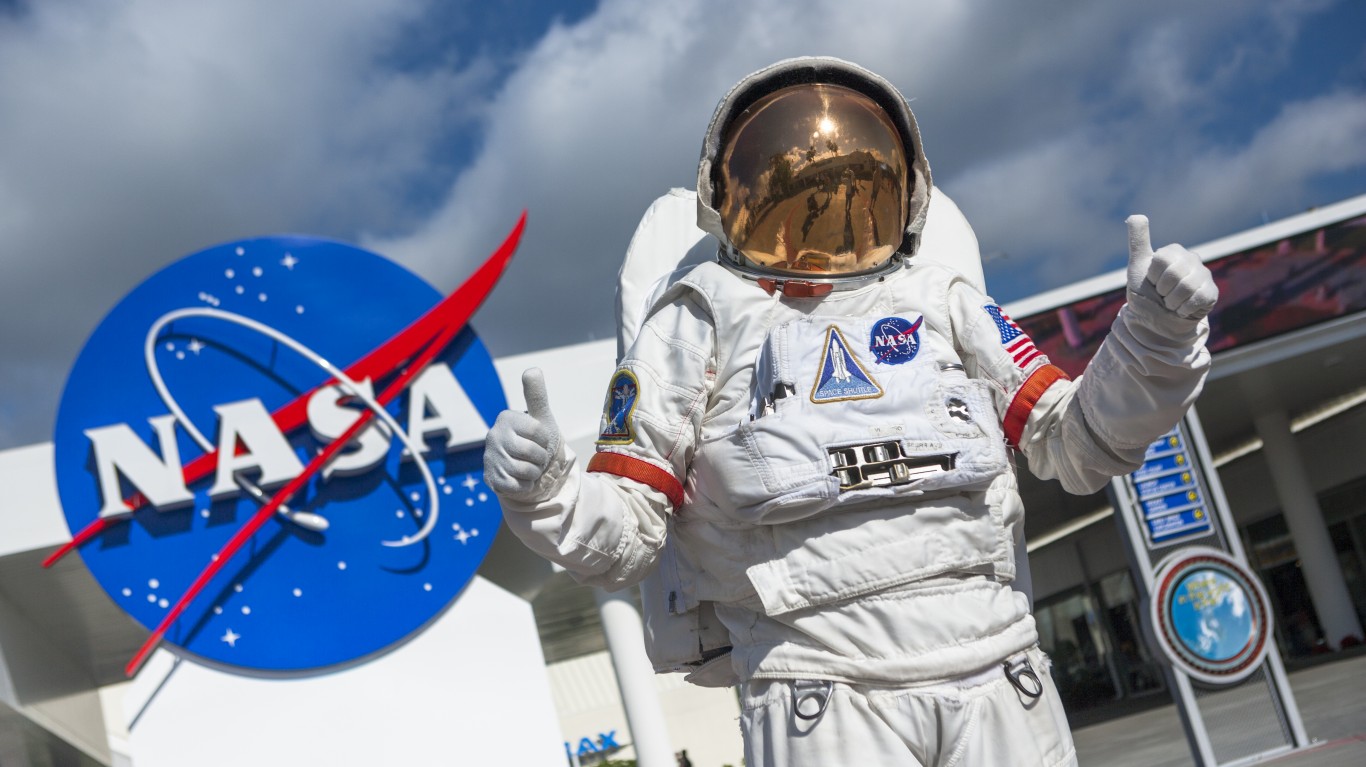
The ability to gather and process resources in space would be a major milestone toward becoming a multi-planet species. Humans might launch exponentially more robotic spacecraft to explore other asteroids and the planets and their moons. And, with the increasing ability to make what we needed during our travels, we would poised to go to the stars.
Effects on Countries With Technology

The developed countries that already have a head start on space technology would also be the leaders in colonization and resource exploitation. They could become vastly more wealthy by bringing valuable raw materials to Earth and by dominating the economy in space where other things, such as water, would be rare and valuable. Their expanded space operations and exploration would also help them take leaps forward technologically, leaving other countries behind.
The history of humanity shows that we often use our technology and resources for war. So we could expect strong countries to extend their rivalry into space, with increasingly powerful and futuristic weaponry. Asteroids themselves could be used as projectiles, powered into trajectories to hit targets in space . . . or on Earth.
Effects on Countries Without Technology

Developing countries would fall much further behind the spacefaring nations and become even more dependent on them. Many of those economies are dependent on the export of natural resources. If technology progressed to the point that it was actually cheaper to bring down minerals from space than to buy it in other countries, their economies would languish.
Economic Restructuring
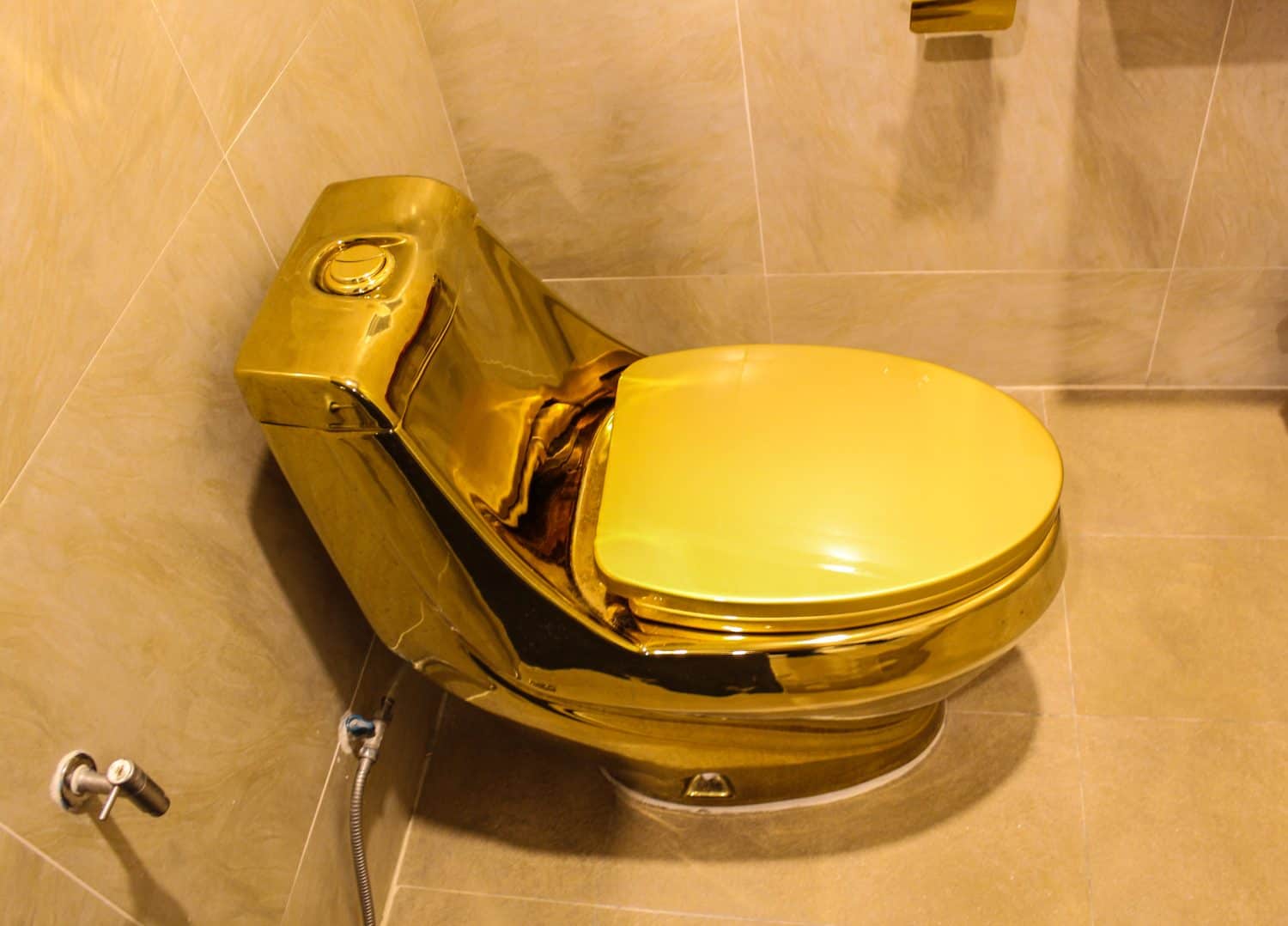
The world’s economy would have to be restructured from one of scarcity to plenty, and that would have up sides and down sides.
- Gold, platinum, diamonds, and rare earth elements might become common and low-value. Mining on Earth would decline and the vaults of gold in the world’s banks might as well be stacks of cinder blocks. Streets paved with gold? You might not have to wait until heaven to see those.
- Deflation because of abundance could make all sorts of products available to more people, from building materials to computers.
- Millions of people would be out of work from old and unprofitable industries and have to find employment in the new space-based economy. Wealthy countries might go to some kind of universal basic income scheme to allow people to live on a generous government allowance without having to work.
The Environment 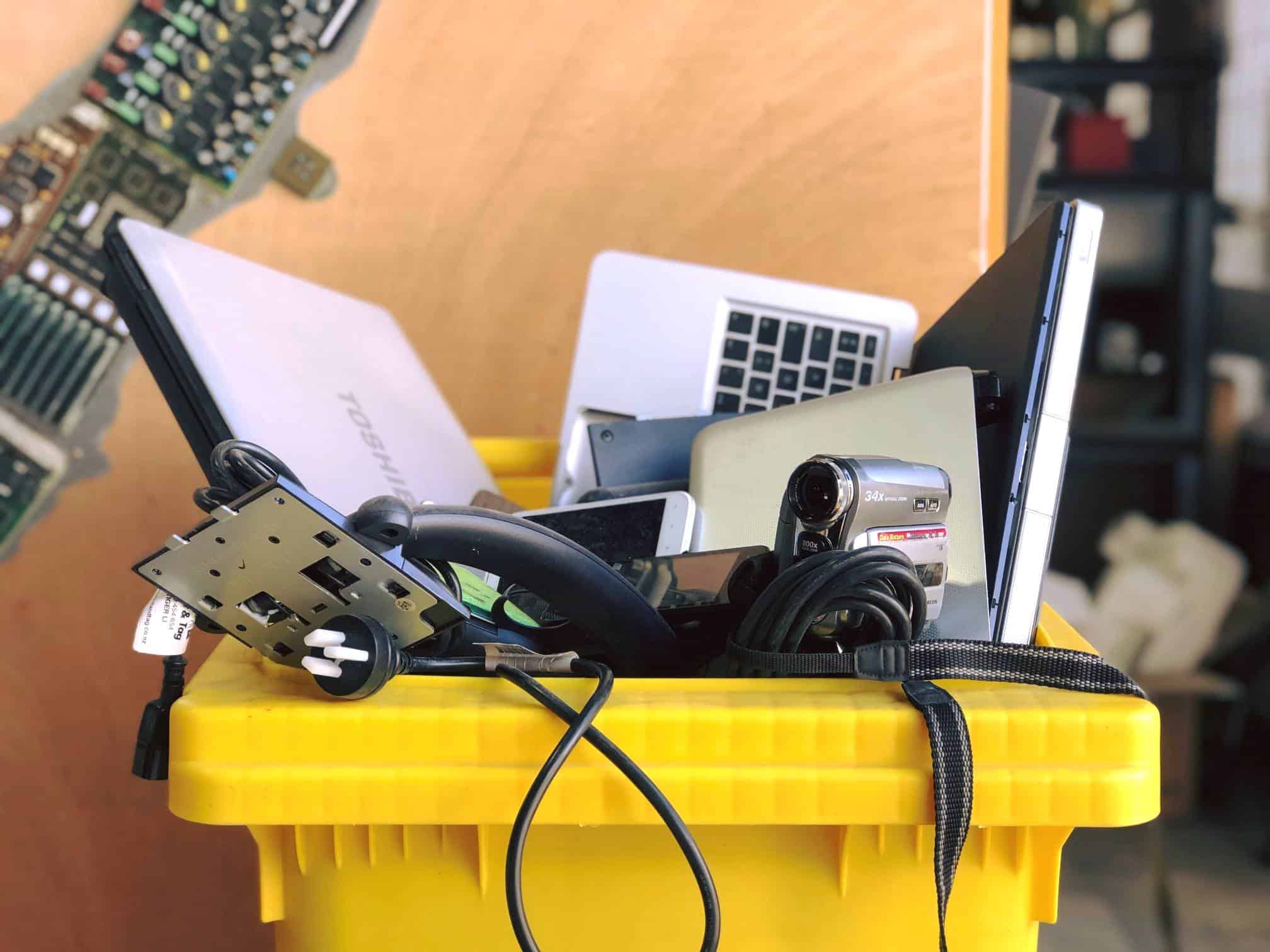

The effects on asteroid mining on the environment would be mixed. Lower resource mining and processing on Earth would decrease mining-related deforestation, mountain-removal, air pollution, and piles of tailings eroding into rivers and streams. Abundance and low prices would incentivize people to use more goods . . . and discard them more frequently.
When Will It Happen?

We’ve already begun sending missions to study asteroids and bring back samples. By the 2050s, it’s likely mining will happen on a small scale to develop the necessary technologies and produce limited amounts of material to be used in space. Large-scale mining will probably not be feasible until the second half of the century as we’re establishing a greater presence in orbit, on the Moon and Mars. But it is not a question of whether space mining will happen, but when.
The Average American Has No Idea How Much Money You Can Make Today (Sponsor)
The last few years made people forget how much banks and CD’s can pay. Meanwhile, interest rates have spiked and many can afford to pay you much more, but most are keeping yields low and hoping you won’t notice.
But there is good news. To win qualified customers, some accounts are paying almost 10x the national average! That’s an incredible way to keep your money safe and earn more at the same time. Our top pick for high yield savings accounts includes other benefits as well. You can earn up to 3.80% with a Checking & Savings Account today Sign up and get up to $300 with direct deposit. No account fees. FDIC Insured.
Click here to see how much more you could be earning on your savings today. It takes just a few minutes to open an account to make your money work for you.
Our top pick for high yield savings accounts includes other benefits as well. You can earn up to 4.00% with a Checking & Savings Account from Sofi. Sign up and get up to $300 with direct deposit. No account fees. FDIC Insured.
Thank you for reading! Have some feedback for us?
Contact the 24/7 Wall St. editorial team.
